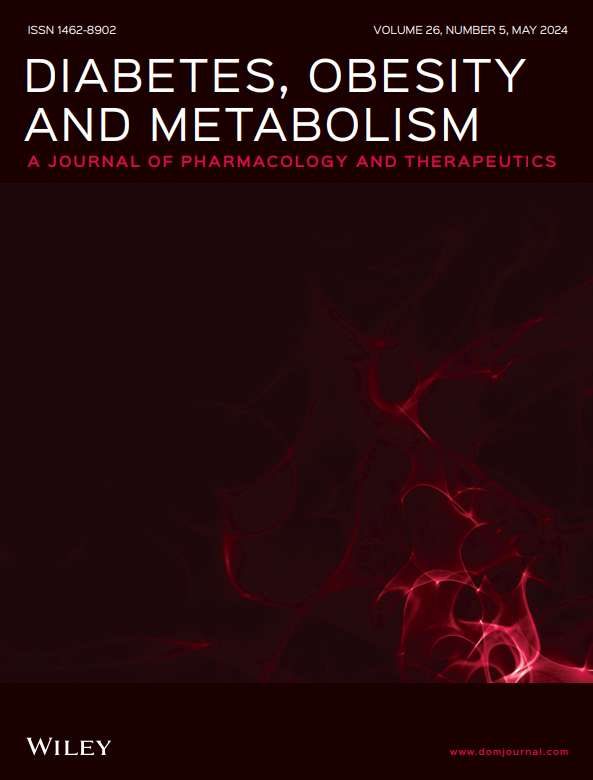Comparative efficacy and safety of Glucagon-like pepetide-1 receptor agonists with metformin in Asian versus non-Asian patients with type 2 diabetes: A systematic review and meta-analysis
Abstract
Aims
In type 2 diabetes, glucagon-like peptide-1 receptor agonists (GLP-1RAs) in combination with metformin show better efficacy than metformin alone. Nevertheless, the reactions of different ethnic groups, especially Asian and non-Asian populations, are still controversial. To give clinical medication usage an evidence-based foundation, this meta-analysis examined GLP-1RAs' safety and efficacy when combined with metformin in the treatment of type 2 diabetes mellitus.
Materials and Methods
Up to January 2025, systematic searches for randomised controlled trials were carried out in PubMed, Embase, the Cochrane Library, SinoMed and Wanfang comparing GLP-1RA/metformin combination versus metformin alone in type 2 diabetes, with subgroup analyses for Asian versus non-Asian cohorts. RevMan version 5.3 was used for analyses, and the Cochrane tools for risk of bias were used for quality assessment.
Results
This meta-analysis comprised 11 papers in total (6 Asian trials: 750 people; 5 non-Asian trials: 1096 people). After treatment of GLP-1RAs combined with metformin, the Asian group showed greater improvement in glycosylated haemoglobin (HbA1c) (weighted mean differences [WMD], −1.09; 95% confidence intervals [CI], −1.48 to −0.71; subgroup heterogeneity: I2 = 77.7%, p < 0.05) and weight (WMD, −4.16; 95% CI −6.11 to −2.22; subgroup heterogeneity: I2 = 89.5%, p < 0.05) with a lower gastrointestinal (GI) events risk (relative risks, 0.76; 95% CI, 0.47 to 1.22; subgroup heterogeneity: I2 = 93.7%, p < 0.00001). There were no racial variations in fasting glucose levels (p = 0.78) or hypoglycaemia (p = 0.16).
Conclusions
This meta-analysis suggested potential ethnic variations in the treatment combining GLP-1RAs with metformin, with Asian populations achieving superior HbA1c reduction and weight loss alongside better GI tolerance.

 求助内容:
求助内容: 应助结果提醒方式:
应助结果提醒方式:


